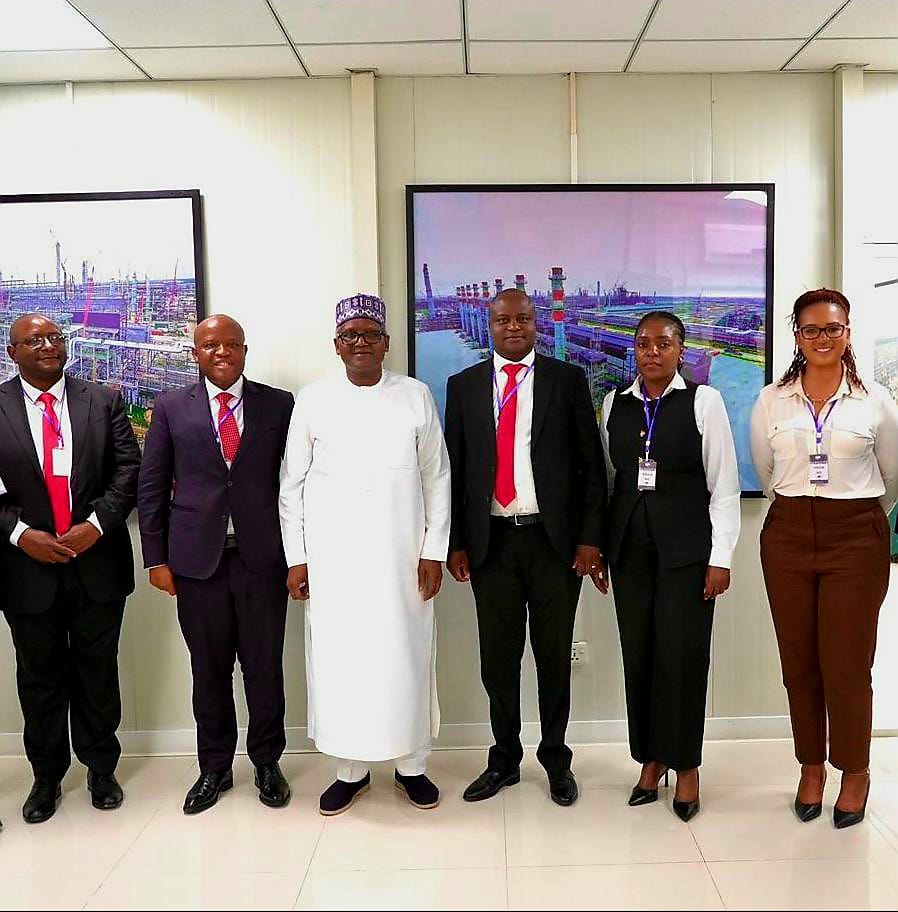FINANCE, Economic Development and Investment Promotion Minister, Professor Mthuli Ncube, says the majority of Zimbabweans have now reached middle-income status, as they are spending an average of over US$9 per day.
Addressing delegates at the 2026 Pre-Budget Seminar in Bulawayo, Prof Ncube said the country was firmly on course to achieve Vision 2030, which seeks to transform Zimbabwe into an upper middle-income economy, in line with the National Development Strategy 1 (NDS1).
"The National Development Strategy 1, which is our national development strategy, is coming to an end at the end of the year, 31 December. I am happy to report that the average rate of economic growth during the five-year period 2021 to 2025 will be of the order of 5.6 percent of GDP, because we are expecting a 6.6 percent rate of growth this year," said Prof Ncube.
He said the country's performance under NDS1 had met and, in some areas, exceeded government targets.
"Our target for the period was about 5.2 percent, so achieving 5.6 percent means we have done well in meeting that target," he noted.
Prof Ncube highlighted that Zimbabwe had recorded significant infrastructure development, driven by both public and private sector investment, particularly in roads, dams and energy projects.
"During the NDS1 period, we have seen accelerated investment in the infrastructure sector - our roads, our dams specifically - and now we are beginning to see investment in the energy space, both by government and independent power producers," he said.
The minister said these developments were evidence that Zimbabwe was on the right trajectory toward upper middle-income status by 2030.
"We think that really, we are on track to achieve upper middle-income status. By the year 2030, we will be very close to, if not have already achieved, that goal," he said.
Citing World Bank classifications, Prof Ncube said countries with a Gross National Income (GNI) per capita of at least US$4,500 qualify as upper middle-income economies.
"The minimum GNI per capita should be US$4,500 per person annually. That means that you ought to be able to spend, on any given day, no less than US$12 per person," he explained.
He said Zimbabwe's current GNI per capita of US$3,300, which translates to US$9 daily spending, reflects a society that has already entered the middle-income bracket.
"If you are able to spend nine dollars per day consistently through the year, you are already middle income. To reach upper middle income, you need to reach US$12. Since we are already spending nine dollars, we are there," he said.
Prof Ncube said the achievements under NDS1 demonstrated the effectiveness of government reforms and investment policies aimed at stabilising the macroeconomic environment and driving inclusive growth.
Launched in 2021, NDS1 serves as the government's blueprint for economic transformation under Vision 2030, focusing on sustainable growth, stability and improved living standards for all Zimbabweans.
- online
 Zimbabwe announces strict enforcement of axle load limits
Zimbabwe announces strict enforcement of axle load limits  SA decry 'non-existent' Beitbridge border post security
SA decry 'non-existent' Beitbridge border post security  Millions celebrate Diwali festival in India
Millions celebrate Diwali festival in India  Zimbabwe's dollar stock exchange surges 45%
Zimbabwe's dollar stock exchange surges 45%  Gold edges up as traders await guidance
Gold edges up as traders await guidance  Karo Platinum Project capex rises to US$546m
Karo Platinum Project capex rises to US$546m  Young Investment Professional (YIP) Graduate Programme 2019
Young Investment Professional (YIP) Graduate Programme 2019 









 Young Investment Professional (YIP) Graduate Programme 2019
Young Investment Professional (YIP) Graduate Programme 2019
Editor's Pick